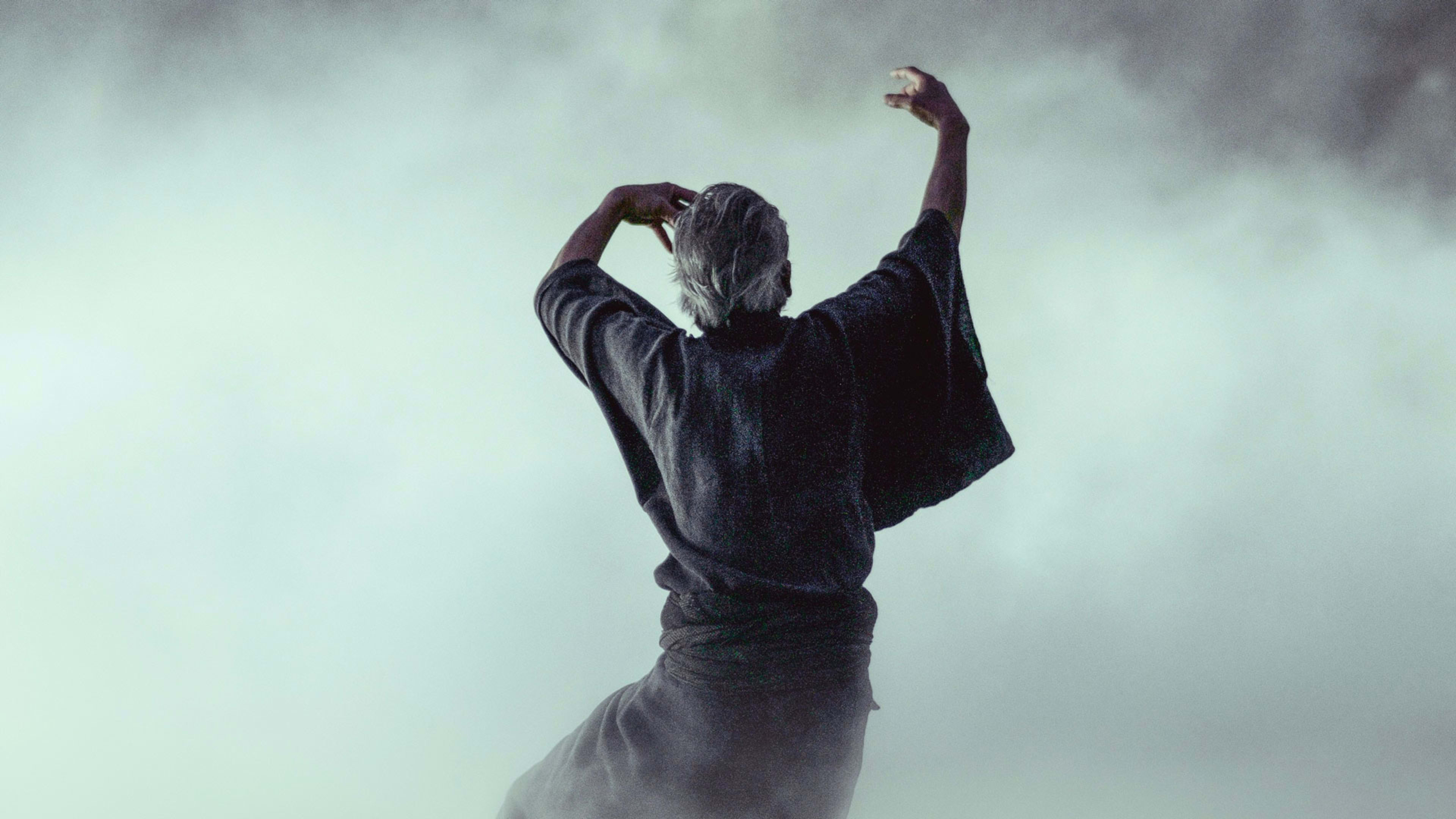We’re living in an era when everyone is seeking creative solutions to overwhelming global issues. The nonprofit XPrize is funding teams to tackle problems such as Alzheimer’s disease and air quality. The MacArthur Foundation’s 100&Change competition will award $100 million to a single idea with the potential to create real, systems-level impact.
But there’s a voice missing from these conversations, says Laura Callanan, founder of Upstart Co-Lab and former deputy chairman of the National Endowment for the Arts.
“There’s this pull for creativity as the way to address our challenges, and who are the most creative people we know?” Callanan says. “They’re the artists, they’re the designers, they’re the makers. They’re working in fashion, they’re working in culinary, they’re working in art and design and entertainment. We need to get them in the mix and provide them with the attention, networks, and financial resources that they need to be successful.”
Callanan founded Upstart Co-Lab in 2015 as the bridge between artists, creative entrepreneurs, and the impact investors whose funding will enable them to grow and scale their work. At the Fast Company Innovation Festival in New York, Callanan was joined by Robert Karimi, an interdisciplinary artist and poet, Maxine Bédat, cofounder of the ethical e-commerce platform Zady, and Jack Meyercord, portfolio manager and head of impacting investing at Bienville Capital. All made the case that not only is the creative economy worth investing in, but that the mainstream economy could also benefit from bringing more creatives into the fold.
Karimi, for instance, creates art and performances that bank off his signature humor to create cross-cultural dialogue. In the wake of Donald Trump’s series of proposed travel bans, he created an extension of the game Cards Against Humanity with new categories for each of the banned countries. “The game basically challenges people to make fun of the countries, but they realize they can’t, becuase they don’t know anything about them,” Karimi said at the Festival. “It’s using humor and games to talk about the issues.” Imagine, he asks, how that creative perspective could transform workplaces. “Could I be the artist-in-residence to help your team ideate?” Karimi asked. “Could I develop a way of communicating with people to make the workplace a better place?” The role of artists, he adds, should go beyond just one-off projects, like designing a flier; creatives could have a real impact on the way business is approached and carried through if they are given a supported role within a company.
For Bédat, the creative power of storytelling has infused her approach to business. While working as a laywer during the Rwandan war crime trials in Tanzania, she watched a local man assemble a basket, without a pattern, from reeds he’d just collected. “It got me interested in how the world makes things and sells things and disposes of them,” she said. Her company Zady focuses on the whole lifecycle of a product, and telling its origin story to encourage more thoughtful consumption. With the fashion industry currently the second most polluting in the world, rectifying its wasteful tendencies will be crucial to meet targets like the U.N.’s Sustainable Development Goals. “I see the creative economy as an accelerator to get to these goals,” Bédat said.
And there’s also the fact that, as Callanan said, creative jobs “are the jobs robots can’t take.” Through Bienville Capital, Meyercord has invested in initiatives like Artspace, which provides housing subsidies to creatives, and he nodded to Meow Wolf, an immersive installation in Santa Fe, New Mexico, which was developed through a collaboration among local artists, as a venture that could benefit from venture funding. The installation, housed in an old bowling alley, has driven tourism to the city–according to Callanan, it’s the most Instagrammed place in Santa Fe–and the revenue from visits has given the 140 artist involved salaried jobs, and full benefits. The project is proving that the work of artists has value from both an economic and cultural perspective, and makes an unmistakably positive impact on a community that is deserving of investment dollars.
Recognize your brand’s excellence by applying to this year’s Brands That Matter Awards before the early-rate deadline, May 3.
